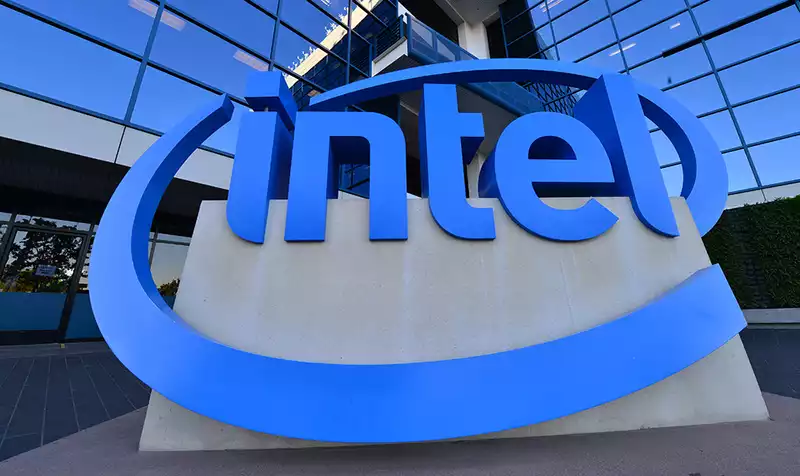Intel's roadmap is a bit confusing, at least to those of us on the outside looking in. There are so many lakes that one could be mistaken for looking at a map of Canada. The latest details concern Intel's Lunar Lake architecture, which is expected to be released in late 2024 or early 2025.
Lunar Lake is considered a mobile-oriented architecture with a focus on low power consumption and performance per watt. It is expected to follow or coexist with Meteor Lake when Intel splits its mobile chips into two broad performance tiers.
On the desktop side, expect Raptor Lake refresh CPUs in late 2023, followed by Arrow Lake chips in late 2024. There are many lakes to swim through, but separating mobile and desktop architectures will make it easier to avoid drowning.
Moore's Law is Dead and @SquashBionic (via Notebook Check) report that Lunar Lake will have up to four Lion Cove P cores and four Skymont E cores. While this may seem a bit short on multi-threaded performance, keep in mind that we are likely looking at a 15W U-class CPU here. i7 1365U is Intel's top-end Raptor Lake U processor with only two performance cores (although there are eight E-cores), so there are many more to choose from. has eight), so for many workloads, the higher P-core count is advantageous.
MLID mentions that these P-cores may lack hyperthreading. I am skeptical on this point. Traditionally, a 4C/4T implementation is preferable to 2C/4T, but 4C/8T would be even better.
Perhaps a more interesting little nugget is that the Lunar Lake chips may be the first to feature Arc Battlemage GPU tiles with up to 64 Xe2 execution units. At this point, we know very little about Battlemage, but it is safe to assume that it will easily outperform Arc Alchemist, and given that Intel has made great strides in drivers and has definitely identified architectural bottlenecks, Intel's mobile graphics is expected to take a giant leap forward.
Remember that these parts are a long way from release. There is a saying that leakers can (and do) make mistakes, so take them with a pinch of salt. That said, doubling the number of P-cores (over Raptor Lake U) and Battlemage graphics in a 15W package bodes well for ultra-low power devices.
Will Lunar Lake be relegated to inexpensive Chromebooks and entry-level devices? Or will it find its way into premium-class ultrabook models? There is a long way to go. Let's see what happens to Meteor Lake laptops first!
Let's consider what these Lakes will be called when they hit the market. With Intel discontinuing the "i" brand, the names of the myriad of chips across desktops, laptops, core counts, TDPs, and architectures could be more confusing than ever. Intel marketers hope to settle on a brand name and naming scheme that makes sense to customers.


Comments